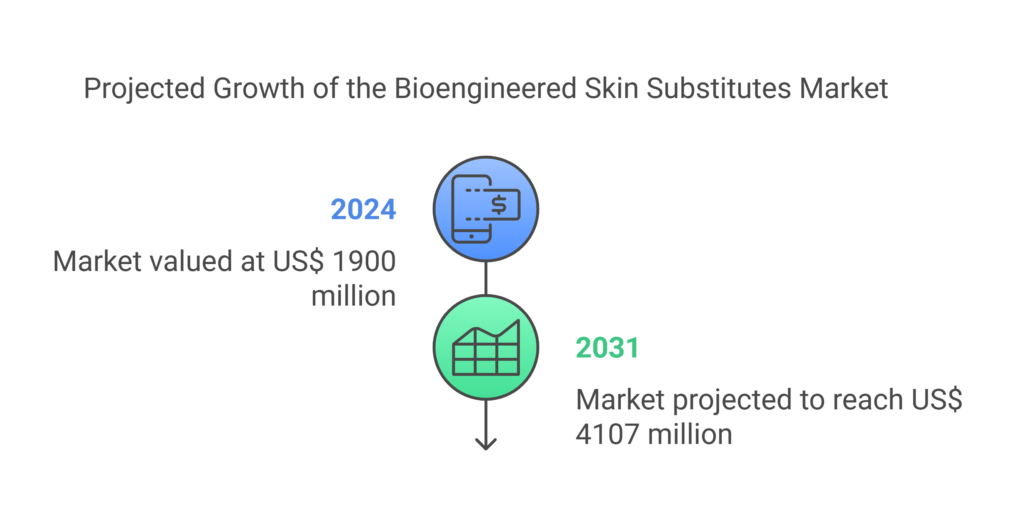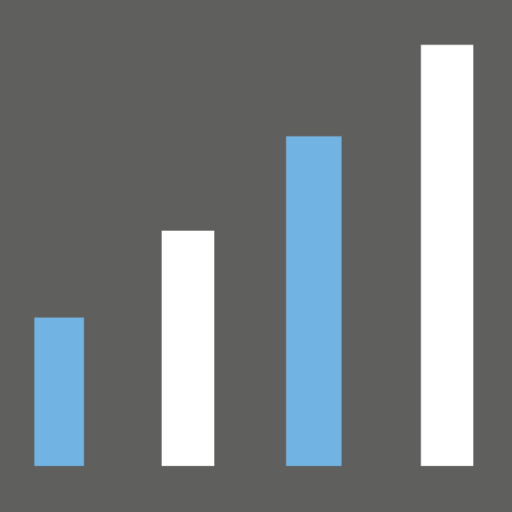Article Outline
1. Market Overview and Introduction to Bioengineered Skin Substitutes 2. Market Size and Growth Projections (2024-2031) 3. Key Players Shaping the Bioengineered Skin Substitutes Market 4. Regional Analysis: Market Dynamics 5. Market Segmentation by Type 6. Market Segmentation by Application 7. Key Driving Factors 8. Competitive Landscape and Strategies 9. Regulatory Environment and Standards 10. Challenges and Opportunities 11. Future Trends and Innovations 12. Conclusion: The Future of the Market1. Market Overview and Introduction to Bioengineered Skin Substitutes
Bioengineered skin substitutes are advanced medical products designed to replace damaged or missing skin. They offer solutions for severe burns, chronic wounds, and surgical reconstructions. This segment explores the market’s fundamental aspects.
These substitutes are created using living cells or biological materials, providing structural and functional support for skin regeneration. They represent a significant advancement over traditional skin grafts, offering improved outcomes for patients.
2. Market Size and Growth Projections (2024-2031)
The global Bioengineered Skin Substitutes market is experiencing robust growth. Valued at US$ 1900 million in 2024, it’s projected to reach US$ 4107 million by 2031, growing at an 11.8% CAGR. This reflects increasing adoption and technological advancements.
The projected growth is driven by the rising incidence of burns, diabetic ulcers, and other chronic wounds. The increasing demand for effective wound care solutions and the availability of advanced products are fueling market expansion.

3. Key Players Shaping the Bioengineered Skin Substitutes Market
The bioengineered skin substitutes market is competitive. Key companies include Allergan, AlloSource, Organogenesis, BD, Smith & Nephew, Integra LifeSciences, Synthes (Johnson & Johnson), Axogen, Vericel Corporation, and LifeNet Health. These companies lead innovation.
These players focus on R&D, strategic partnerships, and product commercialization. Their efforts drive market growth by providing innovative solutions for wound care and skin regeneration.
4. Regional Analysis: Market Dynamics
The Bioengineered Skin Substitutes market varies regionally. North America holds a significant share due to advanced healthcare infrastructure. Europe follows, with increasing adoption of advanced wound care products.
Asia Pacific is expected to witness rapid growth, driven by increasing healthcare expenditure and rising awareness. South America and the Middle East & Africa are emerging markets with growth potential as healthcare improves.
5. Market Segmentation by Type
The market is segmented by type into Allogeneic Acellular, Xenogeneic, Allogeneic Cells, and Autologous substitutes. Allogeneic products dominate due to their availability and ease of use.
Autologous substitutes, derived from the patient’s own cells, are gaining traction due to reduced risk of rejection. The choice of substitute depends on the patient’s condition and the clinical setting.
6. Market Segmentation by Application
The Bioengineered Skin Substitutes market is segmented by application into Hospitals, Specialty Clinics, Wound Care Centers, and Others. Hospitals are the primary end-users due to their high patient volume.
Specialty clinics and wound care centers are also significant segments, offering specialized care for chronic wounds and burns. These centers often utilize advanced technologies and specialized products.
7. Key Driving Factors
Several factors drive the Bioengineered Skin Substitutes market. The increasing incidence of burns and chronic wounds is a primary driver. The rising geriatric population and increasing healthcare expenditure also contribute.
Technological advancements in tissue engineering and regenerative medicine are enabling the development of more effective and advanced skin substitutes. This further fuels market growth.
8. Competitive Landscape and Strategies
The competitive landscape is characterized by product innovation and strategic collaborations. Key players invest in R&D to develop advanced skin substitutes. Mergers and acquisitions also shape the market.
Companies focus on expanding their product portfolios and geographic reach. They also employ marketing and promotional strategies to increase awareness and adoption of their products.
9. Regulatory Environment and Standards
The Bioengineered Skin Substitutes market is subject to stringent regulatory requirements. Regulatory bodies ensure product safety and efficacy. Compliance with these standards is crucial for market access.
Manufacturers must adhere to guidelines for product development, manufacturing, and labeling. They must also obtain regulatory approvals before marketing their products. These regulations help ensure patient safety and product quality.
10. Challenges and Opportunities
The market faces challenges such as high costs and limited reimbursement. However, opportunities exist in developing cost-effective products and expanding into emerging markets. Innovations also drive growth.
Opportunities also lie in addressing unmet needs in specific applications, such as pediatric burns and complex wounds. By focusing on these areas, manufacturers can drive market growth and improve patient outcomes.
11. Future Trends and Innovations
Future trends include the development of personalized skin substitutes. Advances in 3D printing and bioprinting are expected to revolutionize the market. The integration of smart technologies is also anticipated.
These innovations are expected to improve the effectiveness and accessibility of bioengineered skin substitutes, leading to better outcomes for patients with burns and chronic wounds.
12. Conclusion: The Future of the Market
The Bioengineered Skin Substitutes market is poised for continued growth. Driven by technological advancements and increasing demand, the market offers significant opportunities for innovation and investment.
By addressing challenges and capitalizing on emerging trends, stakeholders can drive market expansion and improve patient care. The future of bioengineered skin substitutes is bright, promising better outcomes for patients worldwide.
For more detailed insights, you can refer to the Bioengineered Skin Substitutes Market report.
Key Market Segments
By Type
| Segment | Description |
|---|---|
| Allogeneic Acellular | Skin substitutes derived from human donors, without living cells. |
| Xenogeneic | Skin substitutes derived from animal sources. |
| Allogeneic Cells | Skin substitutes derived from human donors, containing living cells. |
| Autologous | Skin substitutes derived from the patient’s own cells. |
By Application
| Segment | Description |
|---|---|
| Hospitals | Use of skin substitutes in hospital settings. |
| Specialty Clinics | Use of skin substitutes in specialized medical clinics. |
| Wound Care Centers | Use of skin substitutes in dedicated wound care facilities. |
| Others | Other application settings. |
Related Reports:
- Global Warehouse Logistics Robots Market Size, Share, Growth Drivers, Opportunities, Revenue Analysis, and Demand Forecast to 2030
- Global Digital Transformation Market Size, Share, Growth Drivers, Trends, Opportunities, Overall Sales and Demand Forecast To 2031
- Global Anime PVC Figures Market Size, Share, Growth Drivers, Trends, Overall Sales and Demand Forecast To 2031
- Global Stovetop Steamer Market Size, Share, Growth Drivers, Trends & Opportunities, Overall Sales and Demand Forecast To 2031
- Global Household Cook Processor Market Size, Share, Growth Drivers, Opportunities, Overall Sales and Demand Forecast To 2030





